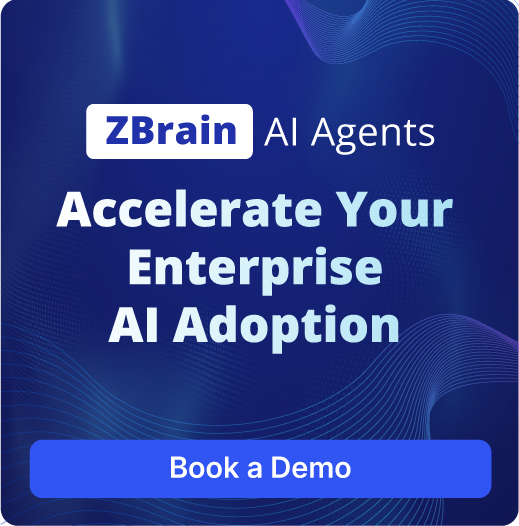Elevate Financial Insights with ZBrain AI Agents for Competitive Intelligence
ZBrain AI agents for Competitive Intelligence in the financial sector enable organizations to unlock actionable, data-driven insights with greater speed and precision. These advanced AI agents streamline critical functions, including market trend analysis, competitor benchmarking, financial modeling, consumer behavior assessment, and risk management. By automating these complex tasks, ZBrain AI agents provide accurate and actionable insights, enabling financial analysts to make informed decisions quickly and efficiently. By automating intelligence-gathering and analysis, these agents help firms maintain a competitive edge, enabling teams to focus on strategic growth rather than manual data collection. Highly adaptable, ZBrain AI Agents for Competitive Intelligence efficiently manage data aggregation, synthesis, and interpretation to provide a comprehensive view of the market. They gather intelligence from multiple sources, conduct in-depth competitor analyses, and assess financial risks, optimizing every stage of the intelligence process. Financial institutions benefit from faster decision-making, enhanced productivity, and improved business agility. By transforming raw data into strategic assets, ZBrain AI agents give firms a measurable edge in navigating today’s dynamic financial landscape.


